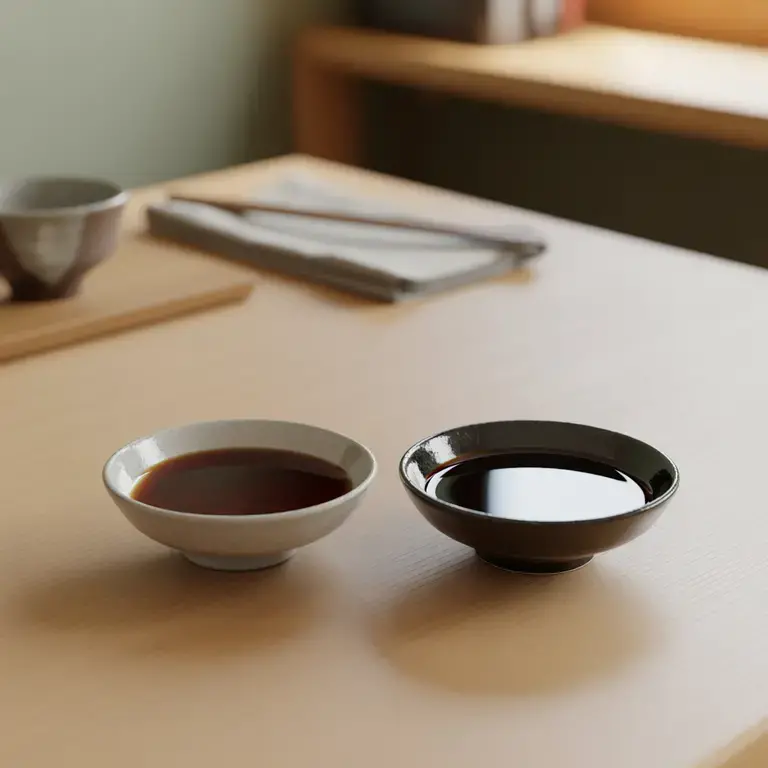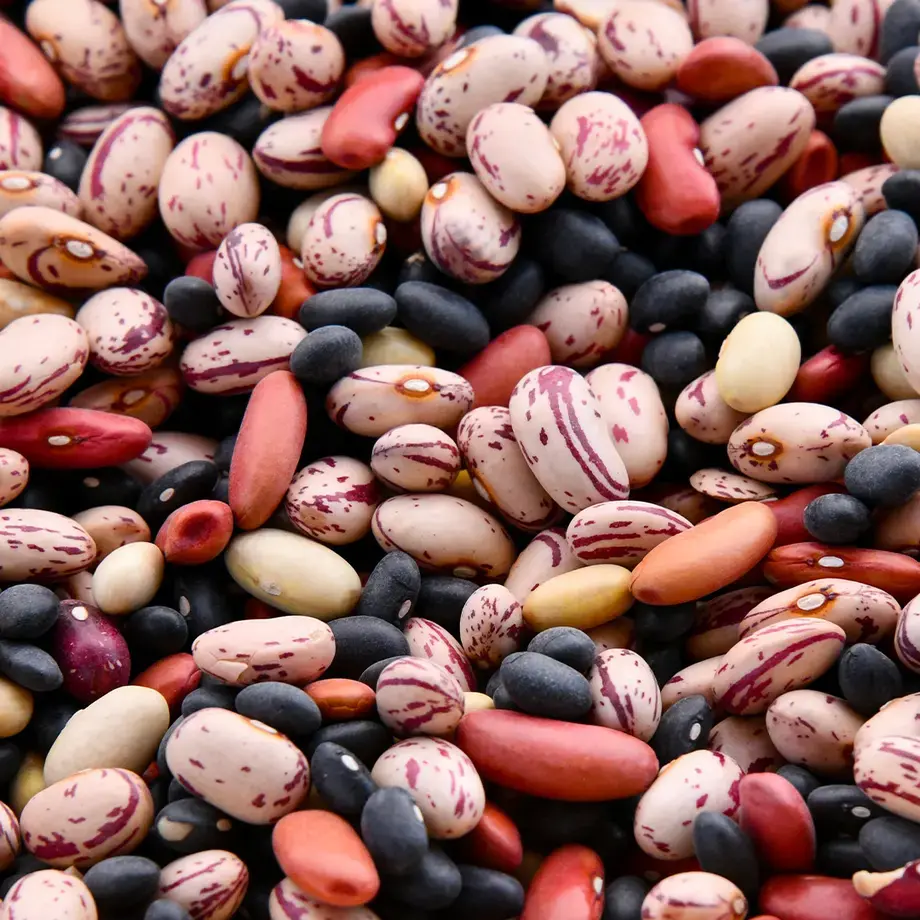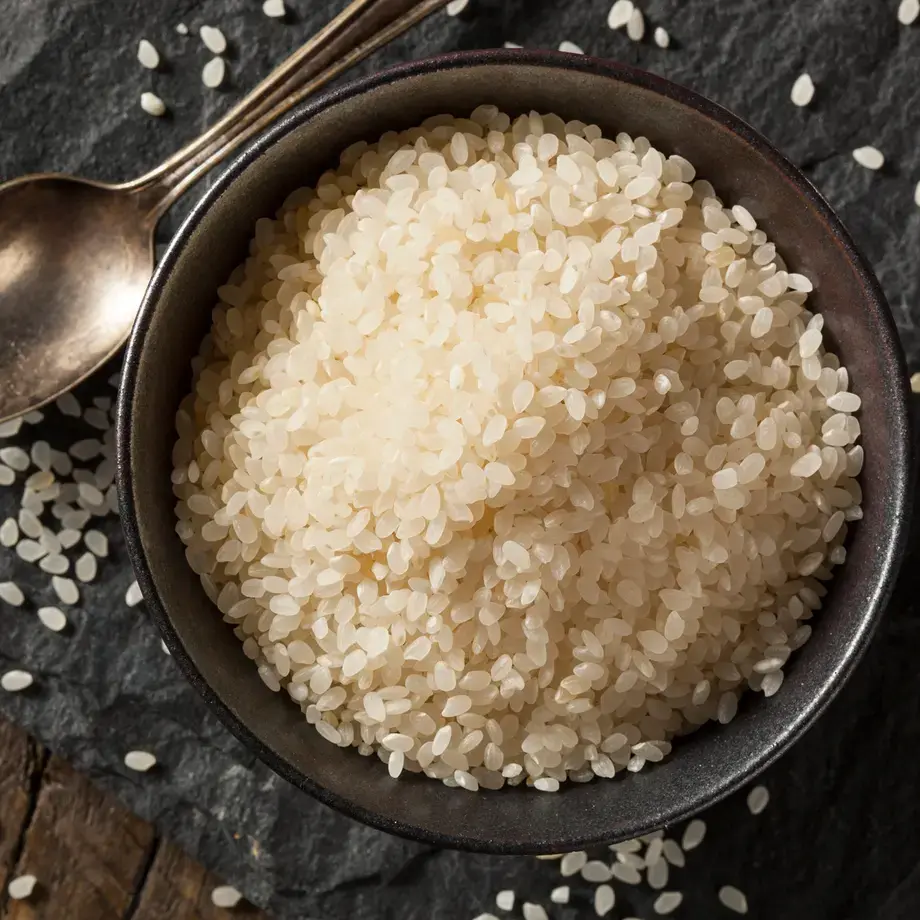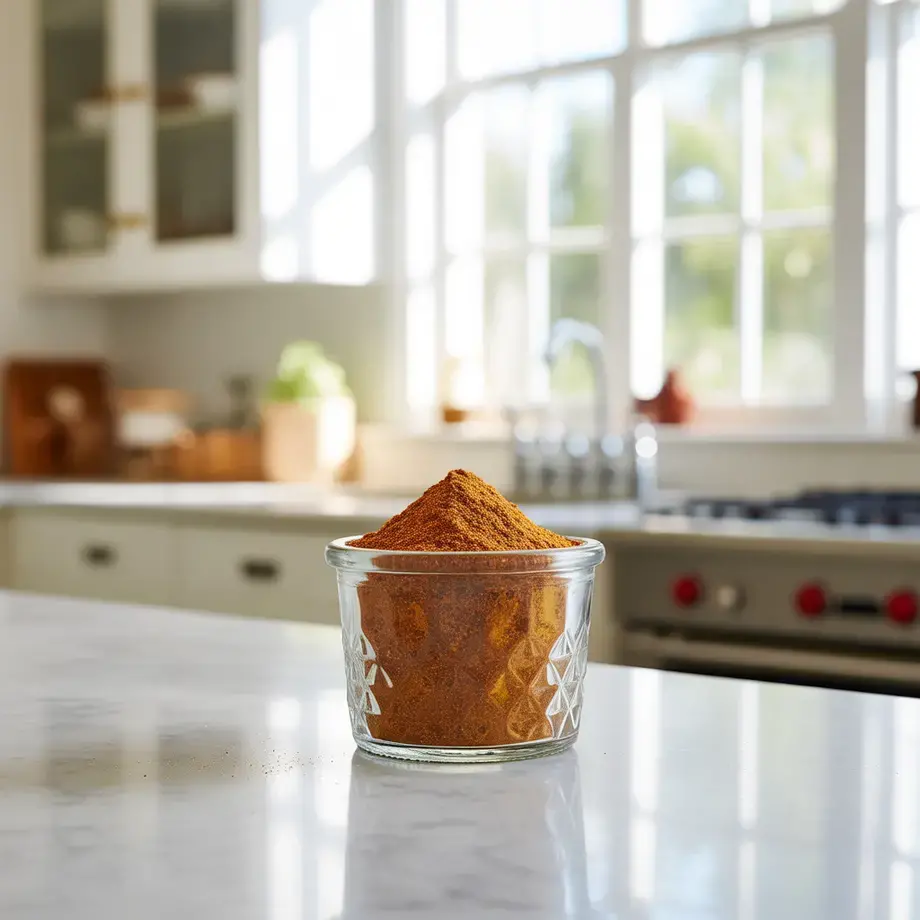Discover all you need to know about tamari sauce, along with the key difference between tamari and soy sauce, in our comprehensive article below.
What is tamari and how is it made?
First things first, what exactly is tamari? Essentially, it’s a Japanese sauce made from fermented soybeans, with little to no wheat. It’s made during the miso production process as a byproduct. Quite simply, it’s the liquid that drains out when the miso is pressed.
In commercial production methods, soybeans are soaked and cooked to create koji (small nuggets of fermented beans and grains). The koji is then mixed with salt and water to form a substance known as moromi, that’s fermented in chambers or wooden barrels for several months. The moromi is pressed, usually through sacks of cloth, to extract the raw tamari that’s bottled for sale.
What defines traditional soy sauce?
If you’re wondering what soy sauce is, it’s a fermented liquid condiment made from a mixture of soybeans, wheat, salt and a fermenting agent. It’s known for its salty and savoury taste, along with its distinctive umami flavour.
There are also lots of varieties of soy sauce to explore, depending on the recipe you’re following. From dark to light to sweet soy sauce, it’s worth understanding how each style of soy sauce may affect the final flavour of your dish.
Key differences between tamari and soy sauce
When weighing up tamari soy sauce vs. soy sauce, there is one main point of difference to be aware of. Tamari includes very little, and often no, gluten. This means it can be used when you need to accommodate dietary restrictions around wheat, though do take care to check the label of your chosen tamari first, as the levels of gluten vary.
The higher soybean content in tamari also gives it a stronger soy flavour, so it’s a better option for dishes like raw fish, and is an excellent marinade for teriyaki-style recipes too. Tamari can be used as a soy sauce substitute, but you’ll need to be mindful of the fact that it will impart a richer flavour to your dish.
Origin and ingredients
When reviewing what is in tamari, it’s a very simple list of ingredients. It usually contains a mixture of soybeans, water, salt and koji. You may also find some tamari sauces with alcohol incorporated, or vinegar, for preservatives, though this isn’t common. The origin of tamari sauce is thought to extend as far back as the seventh century, originally used in Buddhist temple cooking, before spreading more widely throughout Japan.
Flavour and texture
Tamari is known for its rich, dark flavour that’s savoury and less salty than soy sauce. It has a thicker texture than soy sauce and a high viscosity, making it an ideal option for coating foods and using as a dipping sauce for dumplings.
Best culinary uses
Tamari is best used for dishes where you need to accommodate wheat intolerances or gluten-free guests. It can be easily switched in for traditional soy sauce in most recipes. However, where tamari really shines is as a flavourful dipping sauce. It’s delicious with dumplings, sushi and sashimi. It clings well to the fish and doesn’t overpower the flavour with excessive saltiness, as can often happen with soy sauce.
Which sauce should you use and when?
Tamari is often preferred as a dipping sauce and is a tasty option when you need to add more flavour to the dish, without increasing the saltiness that’s found in soy sauce. Soy sauce is better when you need a sharper, saltier and lighter taste. Think recipes like stir-fries, marinades and salads, when you don’t want the sauce to be the focal point. Many traditional Chinese recipes rely on soy sauce, instead of thicker, stronger options like tamari.
Aside from tamari and soy sauce, there are plenty of other Japanese sauces to explore. From colourful and spicy wasabi to popular and savoury teriyaki sauce, there’s a whole host of exciting condiments to experiment with from Japan. Not least is mirin, a sweet, Japanese rice wine which adds a touch of sweetness, depth of flavour, and a slight gloss to dishes. You’ll often find it combined with soy sauce to balance the saltiness of the soy, and it’s perfect in stock for noodle soups or broth.








